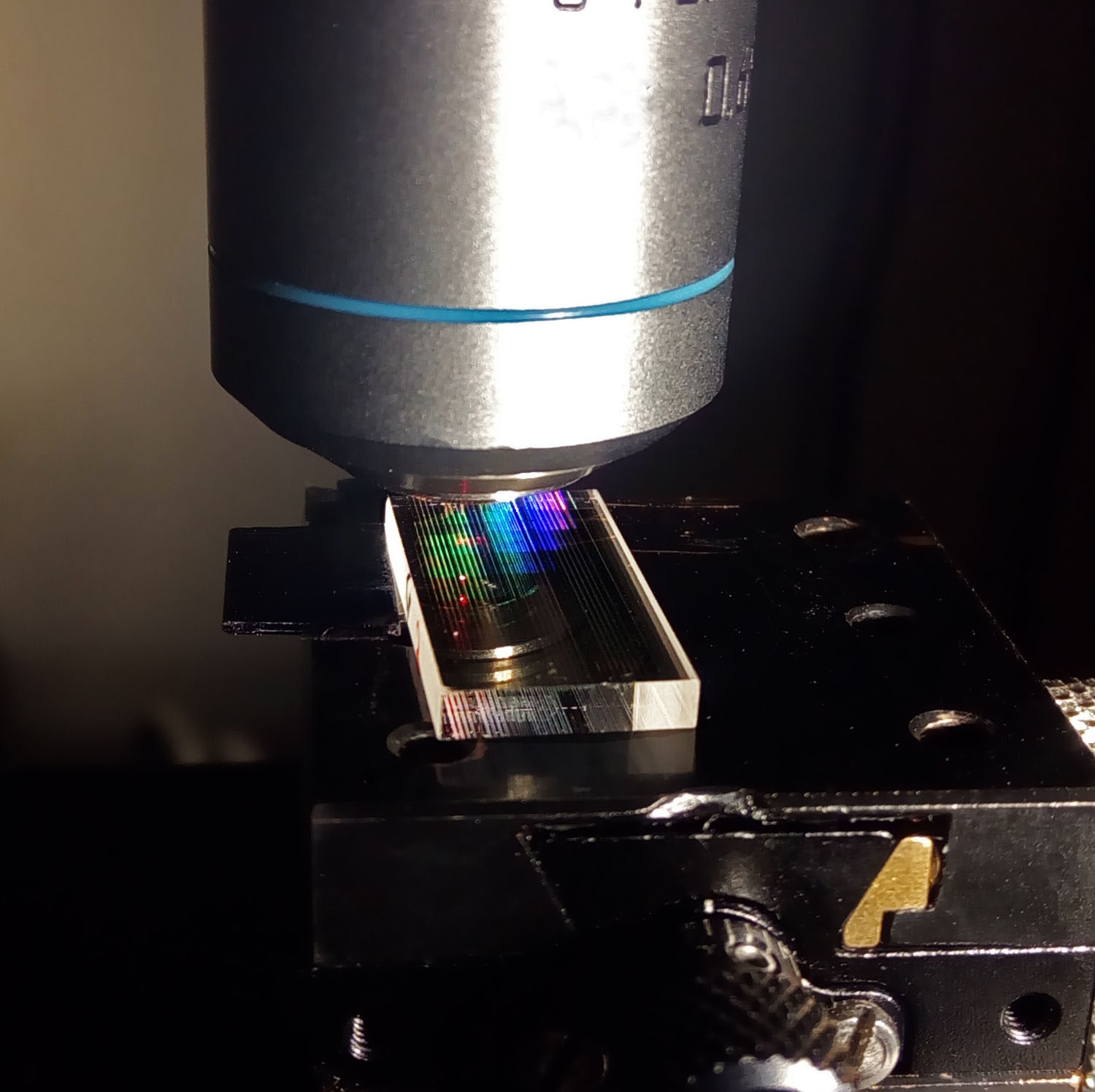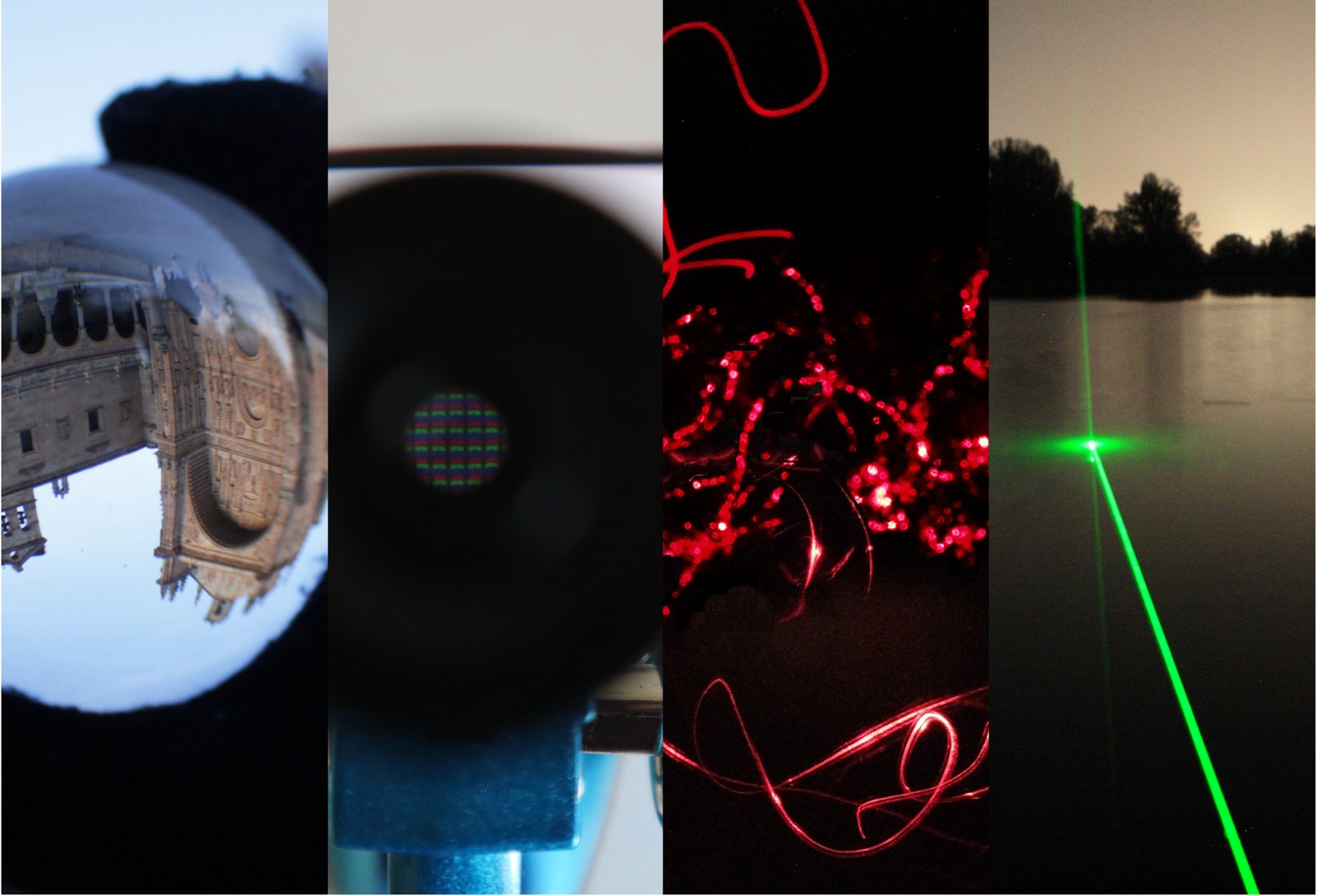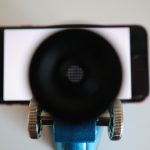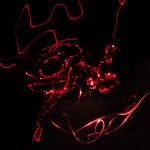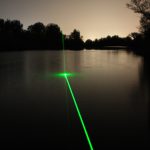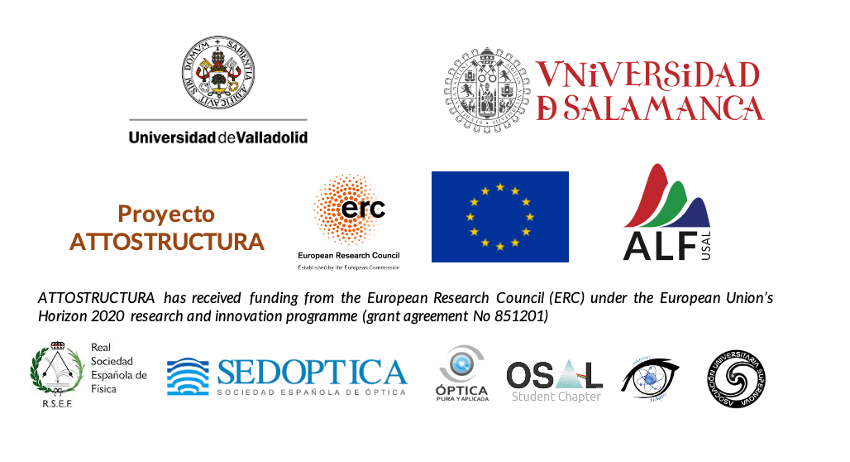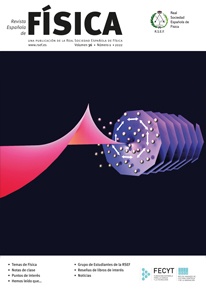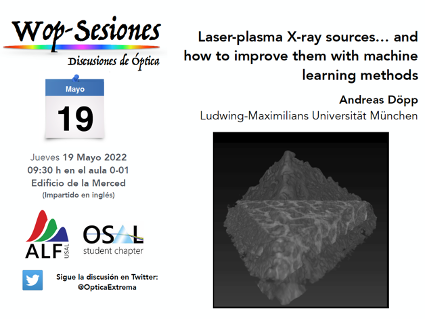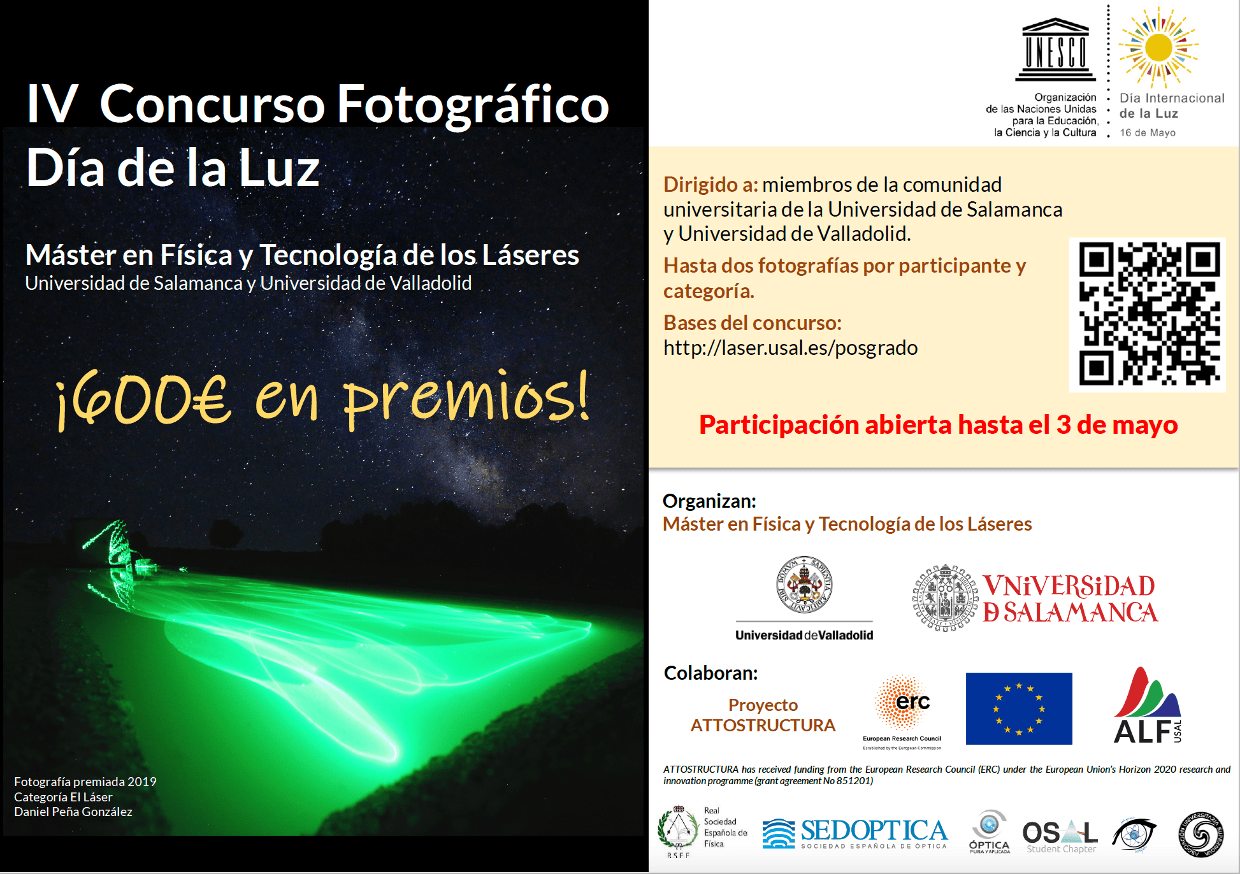The researcher Myriam Boduelle, a doctoral student at the Université Grenoble Alpes, carries out a two-week experimental campaign at the ALF group’s Laser Laboratory.
Myriam, directed by Professor Guillermo Martin, works on the development of optical devices applied to astrophotonics, to obtain detectors and miniaturized optical equipment that can be integrated into aerospace missions.
During her stay, she will use the microprocessing stations for materials with ultrashort pulse lasers, and the laboratory’s diagnostic and optical characterization equipment.
